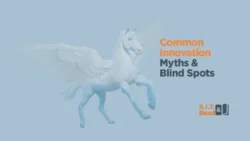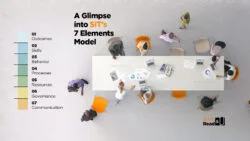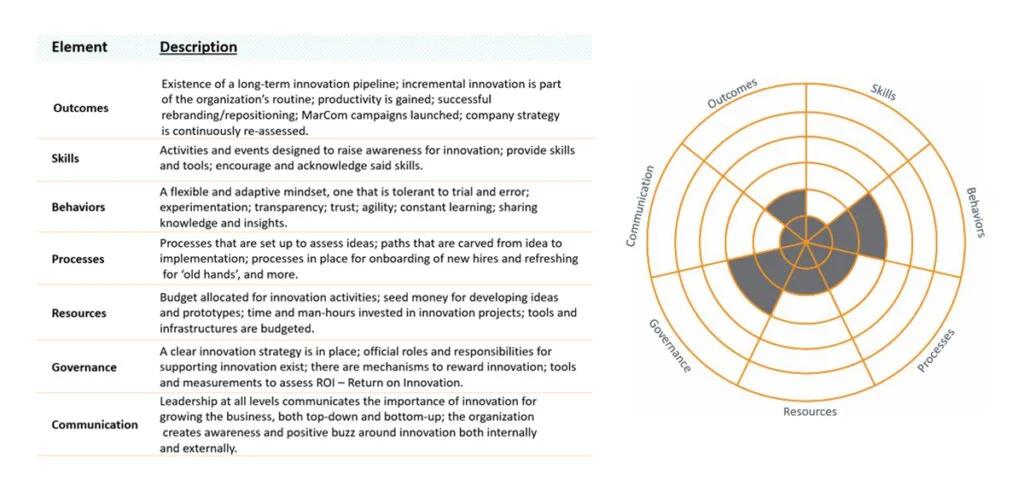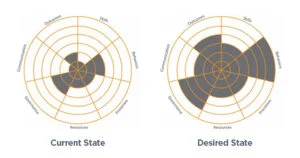The History Corner: How Sliced Bread Became the Benchmark for Future Inventions
 Over the past century or so, innovation is gradually becoming a more dominant factor in our world. However, despite the increasing presence and influence innovations have on our everyday lives, none of them made it into our language – save one: sliced bread. We often hear statements like “it’s the greatest thing since sliced bread!” But have you ever stopped to ask yourself how this seemingly simple innovation managed to become the benchmark for future inventions? A closer look at the history of sliced bread may shed some light on this question.
Over the past century or so, innovation is gradually becoming a more dominant factor in our world. However, despite the increasing presence and influence innovations have on our everyday lives, none of them made it into our language – save one: sliced bread. We often hear statements like “it’s the greatest thing since sliced bread!” But have you ever stopped to ask yourself how this seemingly simple innovation managed to become the benchmark for future inventions? A closer look at the history of sliced bread may shed some light on this question.
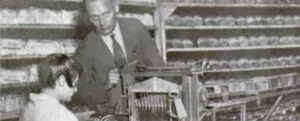 In the early years of the 20th century, Otto Frederick Rohwedder had a revolutionary idea: why not sell bread that is already sliced?! A Jeweler by profession, Rohwedder had little to do with the baking industry, but living in a small town in Iowa, right in the middle of the bread basket of America, he was no stranger to it.
In the early years of the 20th century, Otto Frederick Rohwedder had a revolutionary idea: why not sell bread that is already sliced?! A Jeweler by profession, Rohwedder had little to do with the baking industry, but living in a small town in Iowa, right in the middle of the bread basket of America, he was no stranger to it.
In 1912, he decided to implement his vision and started to develop a machine that would automatically slice bread. As his project advanced, he soon realized that slicing bread created a new problem – the multiple surfaces of the sliced bread made it hard to keep it from going stale. It was 16 years later that he completed developing a bread slicer that not only sliced the bread, but also wrapped it in wax paper to keep it fresh.
Source: http://dailymail.co.uk
Overcoming doubts
Although many bakers had their doubts about this strange machine, the first Rohwedder Bread Slicer was sold after 16 years in 1928. And by July that same year, the first loaf of pre-sliced bread went on shelves in Chillicothe, Missouri. Soon after, in 1930, a company called Wonder Bread started marketing sliced bread nationwide.

Sliced bread saved time and effort for consumers and made it easier to reach for a second and third slice, increasing comfort and consumption. It also gave a boost to pop-up toasters, which had been languishing on the shelves since 1926, as well as to spreads such as peanut butter and jam.
Source:http://priceonomics.com
Slice a piece
So, what is it about this invention that earned it its unique place? Was it the unveiling of such a dominant need that was latent for so many years? Was it the fact that even one of the oldest, most basic products in the world can could be reinvented? Was it the immense success of an idea that is so simple it seems almost obvious in hindsight? Or was it the fact that even such an iconic invention still took almost two decades to develop and implement?
Whatever the historic answer may be, there is much to learn from the story of sliced bread. It is a story of a man and an idea – a story that turns out to be far more complicated than you might expect. It paved the path for future inventions. It involved insight, challenge, creativity and perseverance – much like the story of any successful innovation.
So whatever you spread on your bread – peanut butter & jelly, cream cheese or humus – tell us what you think made this innovation resonate so loudly in our collective minds.
We would love to hear what you think.

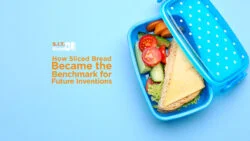
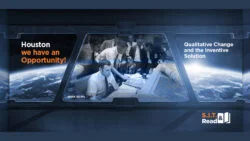
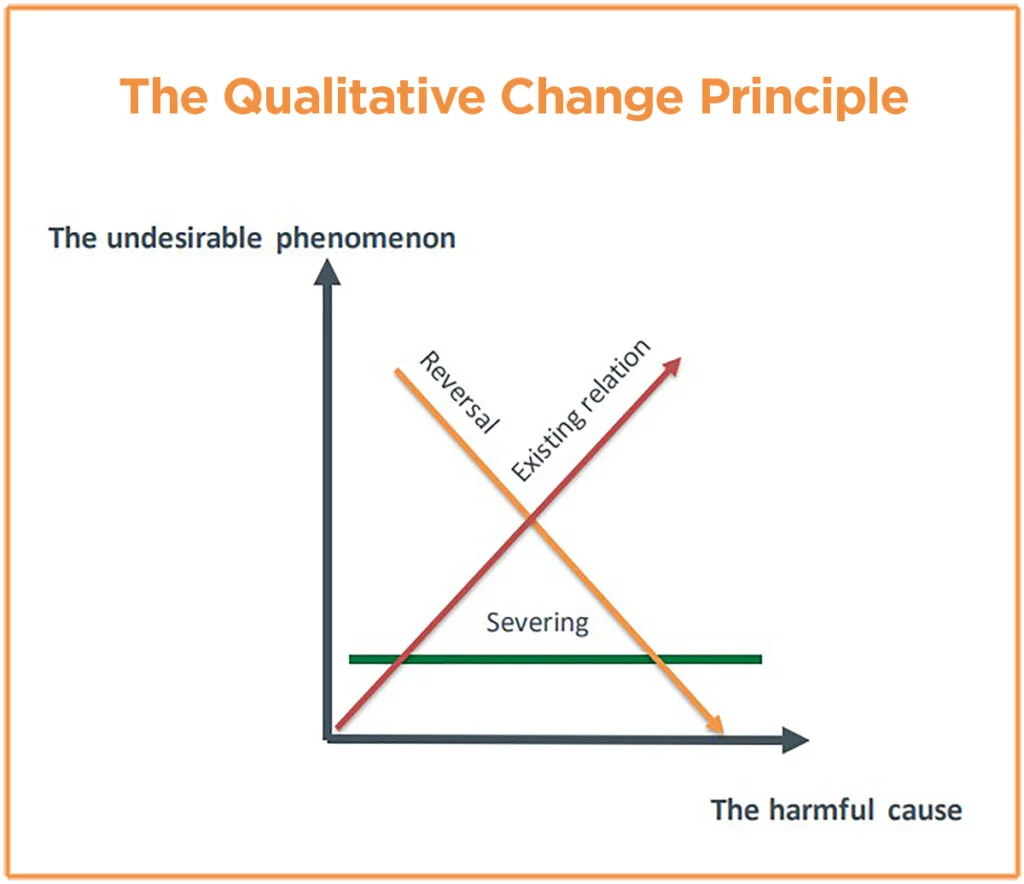
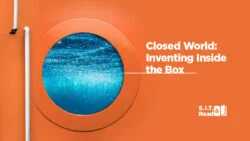

 First
First  The problem – An engineer working at a metal processing factory encounters a problem. Hard metal pellets, used for processing metal sheets, are accelerated by an air jet in a bent pipe. The systems works continuously and the pellets abrade the pipe at the bend or “elbow”. As a result the bend must be replaced every four weeks. An attempt to install a tougher elbow did improve the situation but as the elbow had to be replaced every seven weeks, the solution was deemed unsatisfactory.
The problem – An engineer working at a metal processing factory encounters a problem. Hard metal pellets, used for processing metal sheets, are accelerated by an air jet in a bent pipe. The systems works continuously and the pellets abrade the pipe at the bend or “elbow”. As a result the bend must be replaced every four weeks. An attempt to install a tougher elbow did improve the situation but as the elbow had to be replaced every seven weeks, the solution was deemed unsatisfactory.


 1. Structural – The tendency to view products and systems as a complete gestalt. Many SIT’s tools help break this particular fixedness to achieve sustainable innovation. For instance, a water saving toilet was developed by Villeroy-Boch in an SIT workshop. Multiplying the water streams resulted in more pressure in each stream, therefore requiring less water. This product won the ISH Innovation Prize and was chosen by Deutsche Bank in its transformation of its HQ to become one of the most environmentally friendly high-rises in Europe.
1. Structural – The tendency to view products and systems as a complete gestalt. Many SIT’s tools help break this particular fixedness to achieve sustainable innovation. For instance, a water saving toilet was developed by Villeroy-Boch in an SIT workshop. Multiplying the water streams resulted in more pressure in each stream, therefore requiring less water. This product won the ISH Innovation Prize and was chosen by Deutsche Bank in its transformation of its HQ to become one of the most environmentally friendly high-rises in Europe.
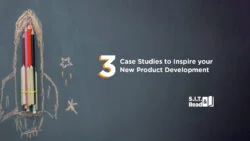


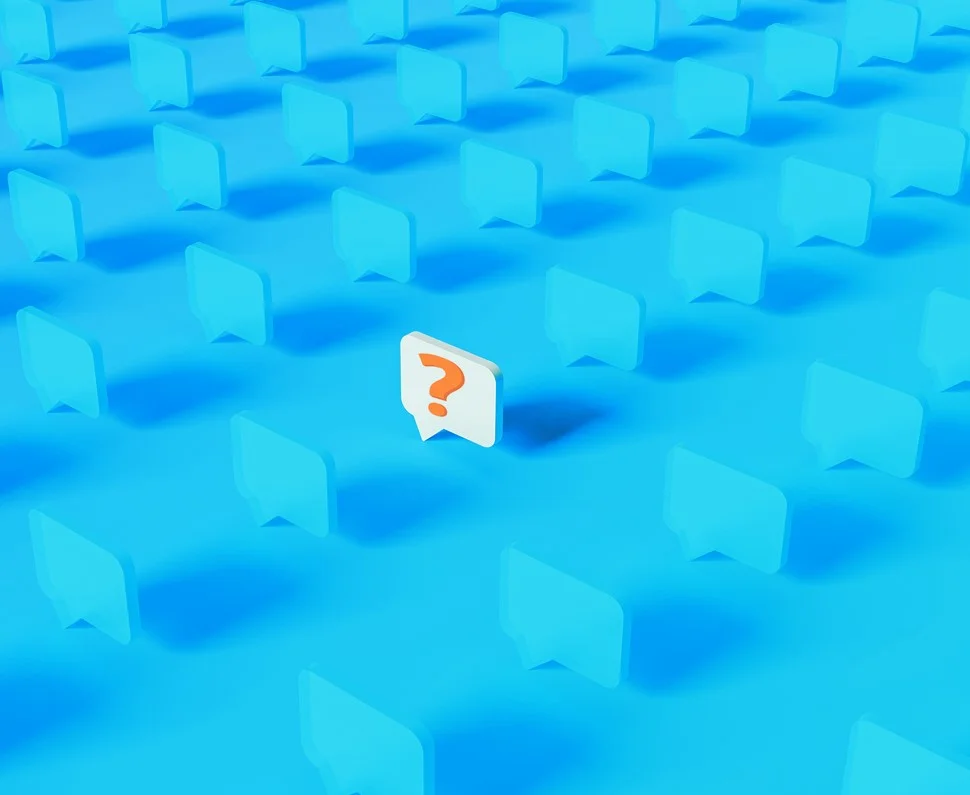 Back in college, there was a little button — a collectible — that was popular among the more progressive folks on campus, and it would have been a meme if the age were not pre-digital. It was about the size of a quarter, black type on yellow, with the following words: “Question Authority.” Simple enough, right? But the joke among my friends – a young but already linguistically sensitive crowd, always looking for nuance and/or irony – was that the button could be read in two ways. Either the wearer was claiming to be a question authority – an authority on questions — or the wearer was advocating that everyone should join him or her on the mission of questioning people in power. In the end, we learned that the button worked like a Rorschach test. If you were prone to question authority, that’s the message you received.
Back in college, there was a little button — a collectible — that was popular among the more progressive folks on campus, and it would have been a meme if the age were not pre-digital. It was about the size of a quarter, black type on yellow, with the following words: “Question Authority.” Simple enough, right? But the joke among my friends – a young but already linguistically sensitive crowd, always looking for nuance and/or irony – was that the button could be read in two ways. Either the wearer was claiming to be a question authority – an authority on questions — or the wearer was advocating that everyone should join him or her on the mission of questioning people in power. In the end, we learned that the button worked like a Rorschach test. If you were prone to question authority, that’s the message you received. I’m talking about a methodology called Systematic Inventive Thinking (SIT) that was not quite invented in Israel, but has taken root here and is spreading worldwide. It is different – though perhaps complementary – to design thinking, but it’s what they have in common that, from my perspective, makes SIT worth watching.
I’m talking about a methodology called Systematic Inventive Thinking (SIT) that was not quite invented in Israel, but has taken root here and is spreading worldwide. It is different – though perhaps complementary – to design thinking, but it’s what they have in common that, from my perspective, makes SIT worth watching. Inspired by the work of Russian engineer
Inspired by the work of Russian engineer 

 Once she had a plot, she filled in information and facts from the world around her – places, character names, and so on – all fitted within the same template. One would think that sixty-six murder-mystery novels using the same template would be dull and lose their appeal. On the contrary, Christie’s template constrained her in a way that made her more creative, not less. She is the best selling novelist of all time.
Once she had a plot, she filled in information and facts from the world around her – places, character names, and so on – all fitted within the same template. One would think that sixty-six murder-mystery novels using the same template would be dull and lose their appeal. On the contrary, Christie’s template constrained her in a way that made her more creative, not less. She is the best selling novelist of all time.